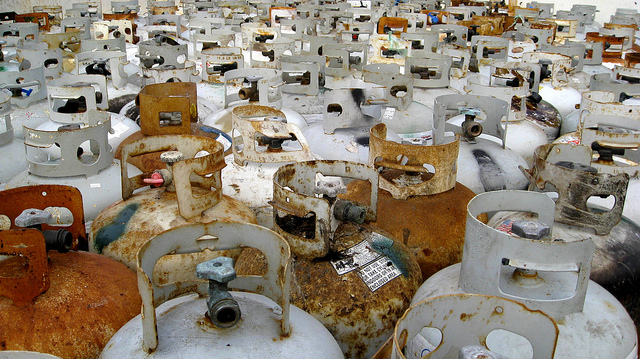EPA rule targets “sham recycling” of industrial hazardous waste
For those of us without an intimate understanding of environmental regulations, the Environmental Protection Agency’s “Definition of Solid Waste” seems an unlikely source for requirements regarding the recycling of hazardous waste.
But the EPA’s final rule, published last week, will significantly affect how hazardous secondary materials — by-products like sludge that are generated during industrial processes — can be reclaimed, on-site and at third-party facilities.
According to the previous version, passed in 2008, these materials were exempted from the definition of “solid waste” if they were recycled. This created a large window for “sham recycling,” which the EPA aims to close through new requirements:
- Entities that generate or recycle hazardous secondary materials must prove the “legitimacy” of recycling a material. Specifically, it must be shown that the material makes a useful contribution, is comparable to a new material, is managed as a valuable commodity and produces a valuable product.
- In addition, recyclers must obtain an EPA permit or pursue a “verified recycler” variance, through a process that includes input from the local community. An EPA analysis of third-party recyclers found that “the economics of commercial recycling contain market disincentives that encourage over-accumulation and mismanagement of hazardous secondary material” — negatively impacting the surrounding community.
The oversight is intended to ensure that the facility has created an emergency response plan and has adequate financial assurance and the proper equipment and personnel to safely manage the hazardous material.
Previously, if generators did not choose to use a permitted reclamation facility, they were only required to make “reasonable efforts” to ensure that a third-party recycler was meeting these requirements.
Sites that accumulate hazardous secondary materials must “document the accumulation period by labeling the storage unit in which the material is accumulated with the date the material began to accumulate or, where labeling is impracticable, by another method such as an inventory log.”
The new requirements will impact over 5,000 manufacturing and industrial facilities that generate or recycle hazardous secondary materials. In states where EPA administers the Resource Conservation and Recovery Act (RCRA), the rule becomes effective July 13. In RCRA-authorized states, the rule must first be incorporated into their regulations.
Category: Chemicals












